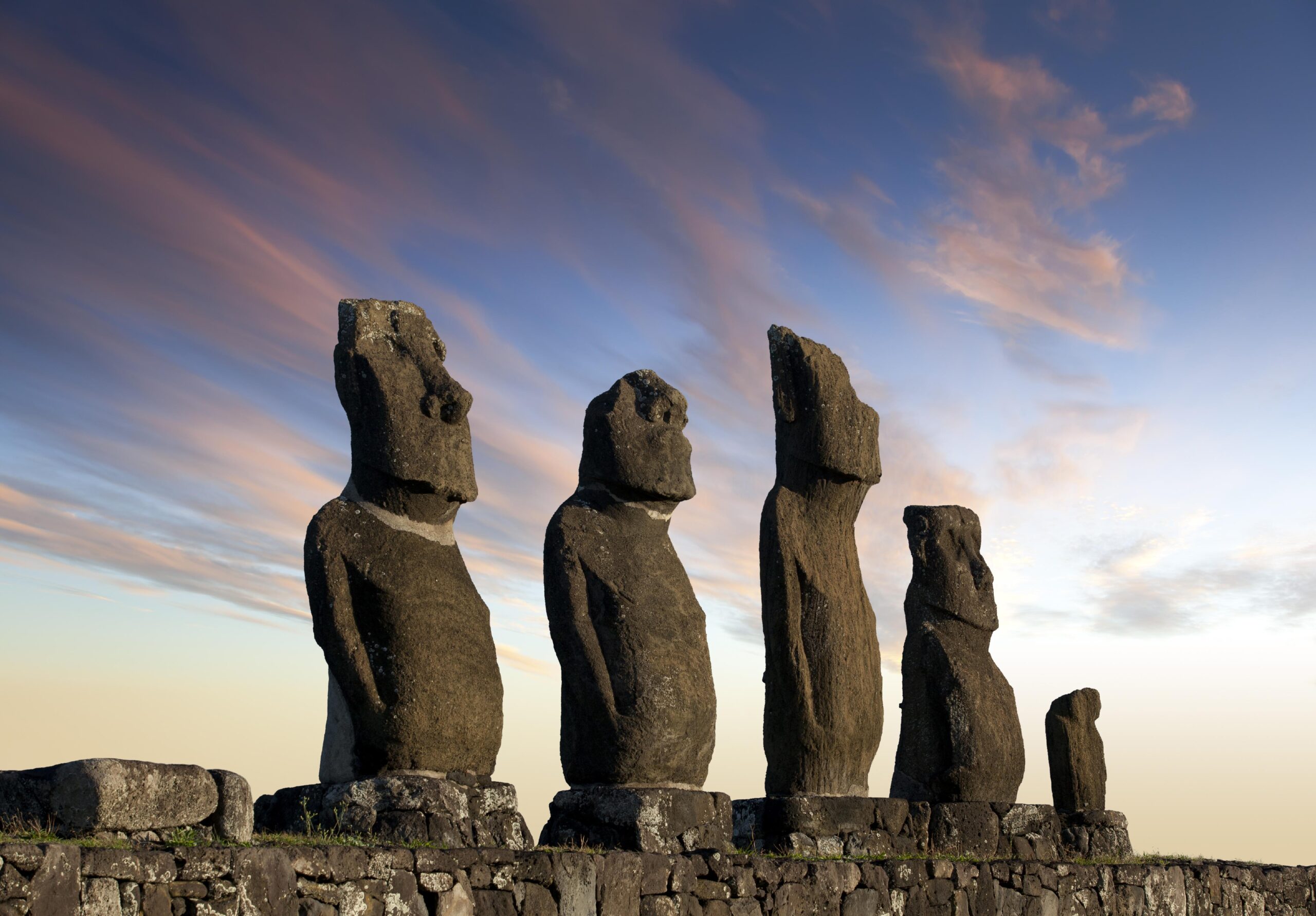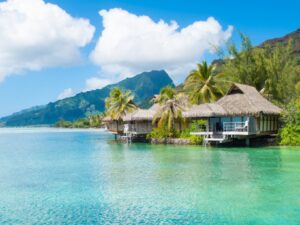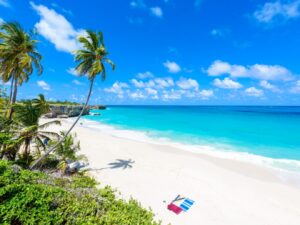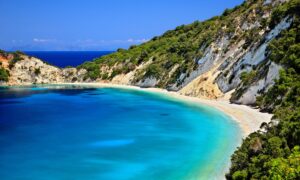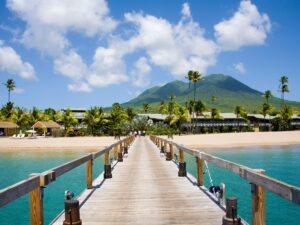Planning a trip to Easter Island, also known as Rapa Nui, is a dream for many travelers. This remote and mystical island located in the Pacific Ocean is famous for its iconic giant stone statues called moai, which have captivated the imagination of people around the world. When it comes to choosing the best time to visit, there are several factors to consider. In this comprehensive guide, we will explore the different seasons, weather patterns, and events on Easter Island to help you decide when to embark on your unforgettable journey.
1. Overview of Easter Island
Easter Island, a territory of Chile, is situated 3,700 kilometers (2,300 miles) west of the Chilean mainland. It is one of the most isolated inhabited islands in the world, making it a truly unique destination. The island is renowned for its archaeological sites, stunning landscapes, and vibrant Polynesian culture.
2. Weather Patterns on Easter Island
Understanding the weather patterns on Easter Island is crucial for planning your trip. The island experiences a subtropical climate with mild temperatures throughout the year. However, there are distinct wet and dry seasons that can greatly impact your experience.
2.1 Dry Season (December to March)
The dry season, also known as the summer season, is considered the best time to visit Easter Island. It extends from December to March when the weather is warm and rainfall is minimal. During this period, you can expect clear skies, calm seas, and longer daylight hours, providing optimal conditions for outdoor activities and exploration.
One of the highlights of visiting during the dry season is the Tapati Rapa Nui festival, which takes place in February. This vibrant cultural event showcases traditional music, dance, and sports, offering a unique insight into the island’s rich heritage. It attracts visitors from all over the world, adding a lively and festive atmosphere to the island.
2.2 Wet Season (April to November)
The wet season, also known as the winter season, spans from April to November. During this period, Easter Island experiences more rainfall and lower temperatures. While the island remains accessible and offers a different kind of beauty, it may not be the ideal time for certain activities.
If you don’t mind the occasional rain showers and cooler temperatures, visiting during the wet season has its advantages. The island is less crowded, allowing you to explore the archaeological sites and natural wonders in a more peaceful and intimate setting. Additionally, the lush green landscapes and blooming flowers create a picturesque backdrop, perfect for photography enthusiasts.
3. Temperature and Climate
Easter Island enjoys a mild and comfortable climate year-round, thanks to its location in the southeastern Pacific Ocean. The average temperature varies between 20°C (68°F) and 25°C (77°F), making it pleasant for outdoor activities and sightseeing. However, it’s important to note that the temperature can fluctuate depending on the season and time of day.
During the dry season, temperatures tend to be warmer, ranging from 22°C (72°F) to 28°C (82°F). The humidity is generally low, and the cool ocean breeze provides relief from the heat. In contrast, the wet season brings slightly cooler temperatures, ranging from 18°C (64°F) to 23°C (73°F). It’s advisable to pack layers and a waterproof jacket to stay comfortable in case of rain showers.
4. Flora and Fauna
Easter Island is home to a unique ecosystem characterized by a variety of flora and fauna. The island’s isolation has led to the evolution of several endemic species, making it a fascinating destination for nature enthusiasts.
The flora on Easter Island is dominated by grasslands, shrubs, and a few scattered trees. The most iconic tree species is the toromiro, which became extinct in its natural habitat but has been successfully reintroduced through conservation efforts. Other notable plant species include the hauhau, kiekie, and coprosma.
In terms of fauna, Easter Island is known for its seabird colonies, such as the sooty tern and the masked booby. The island’s coastal waters are rich in marine life, including dolphins, sea turtles, and a variety of fish species. If you’re lucky, you might even spot the majestic humpback whales during their annual migration.
5. Crowds and Tourist Season
Easter Island attracts visitors from around the globe, and its popularity continues to grow. As a result, it’s important to consider the crowds and tourist season when planning your trip.
The peak tourist season on Easter Island aligns with the dry season, particularly during the Tapati Rapa Nui festival in February. This period sees an influx of travelers, and accommodations and flights can be more expensive. If you prefer a quieter and more relaxed experience, it’s advisable to avoid this peak period and consider visiting during the shoulder seasons.
The shoulder seasons, which fall between the wet and dry seasons, offer a good balance between favorable weather and fewer crowds. This includes the months of November, April, and May. During these periods, you can enjoy pleasant temperatures, reduced prices on accommodations, and a more authentic experience interacting with the locals.
6. Practical Tips for Visiting Easter Island
Now that you have a better understanding of the best time to travel to Easter Island, here are some practical tips to enhance your experience:
- Book your accommodations and flights well in advance, especially if you plan to visit during the peak season.
- Pack sunscreen, a hat, and comfortable walking shoes as you’ll be spending a lot of time outdoors exploring the island.
- Respect the local culture and customs by adhering to the guidelines provided by the authorities and being mindful of the archaeological sites.
- Consider hiring a local guide who can provide valuable insights into the history and significance of the moai and other cultural landmarks.
- Try the traditional cuisine of Easter Island, such as ceviche, poe (a sweet potato and pumpkin pudding), and tuna empanadas.
Conclusion
Easter Island is a destination that offers a unique blend of history, culture, and natural beauty. Whether you choose to visit during the dry season or the wet season, you’re bound to have an unforgettable experience. The dry season provides optimal weather conditions and the opportunity to witness the vibrant Tapati Rapa Nui festival, while the wet season offers a more serene and lush landscape.
By considering the weather patterns, temperature, crowds, and tourist season, you can plan your trip to Easter Island with confidence. Don’t forget to pack your sense of adventure and curiosity as you embark on a journey to uncover the mysteries of this extraordinary island.
FAQs (Frequently Asked Questions)
1. Can I visit Easter Island year-round?
Yes, Easter Island is accessible year-round. However, the best time to visit depends on your preferences and the activities you wish to engage in. The dry season from December to March is generally considered the peak tourist season, while the wet season from April to November offers a quieter and more peaceful experience.
2. Is it necessary to book accommodations in advance?
It is highly recommended to book your accommodations well in advance, especially if you plan to visit during the peak season. Easter Island has limited accommodation options, and availability can be scarce during busy periods.
3. What is the Tapati Rapa Nui festival?
The Tapati Rapa Nui festival is an annual event held in February on Easter Island. It celebrates the island’s Polynesian culture through traditional music, dance, sports, and arts. It is a vibrant and colorful festival that attracts visitors from around the world.
4. Are there any restrictions when visiting the archaeological sites?
Yes, there are guidelines and restrictions in place to protect the archaeological sites on Easter Island. Visitors are advised to stay on designated paths, not touch the moai statues, and respect the cultural significance of the sites.
5. What should I pack for my trip to Easter Island?
When visiting Easter Island, it is essential to pack sunscreen, a hat, comfortable walking shoes, and lightweight clothing suitable for warm weather. It’s also recommended to bring a waterproof jacket and layers for the occasional rain showers and cooler temperatures during the wet season.
Summary
Easter Island, with its iconic moai statues and rich Polynesian culture, is a destination that captivates the hearts of travelers. The best time to visit depends on your preferences, but the dry season from December to March offers optimal weather conditions and the vibrant Tapati Rapa Nui festival. The wet season from April to November provides a more serene atmosphere and lush landscapes. By considering the weather patterns, temperature, crowds, and tourist season, you can plan your trip to Easter Island and embark on a memorable journey of discovery.

